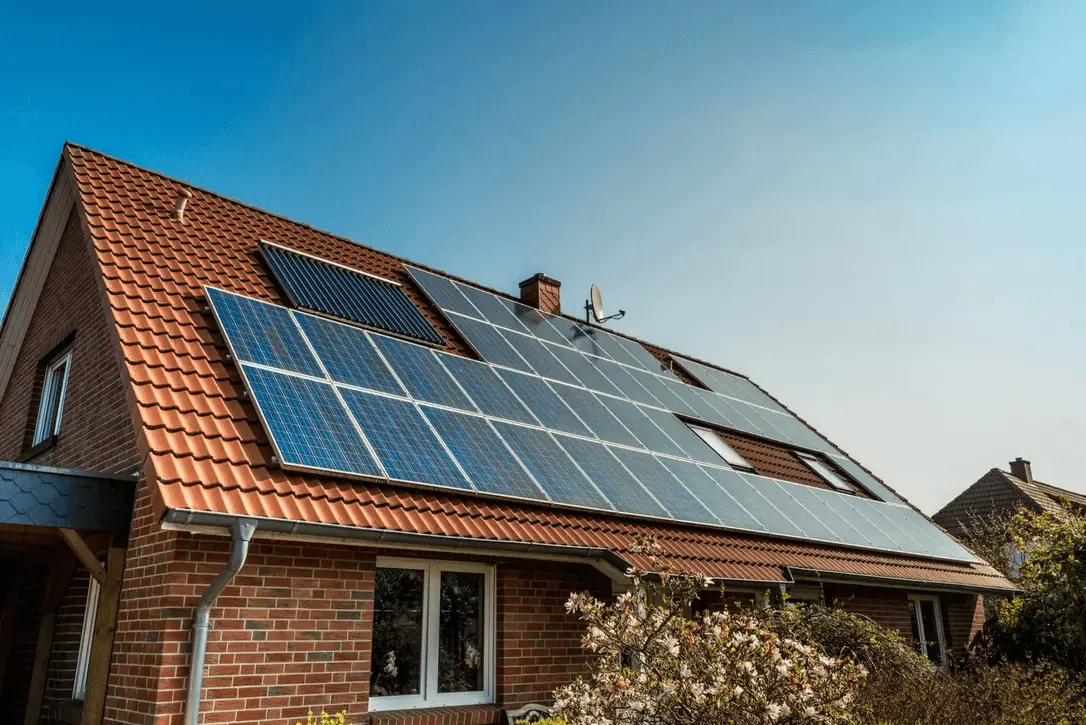As the world increasingly turns to renewable energy sources, solar power remains a leading choice due to its abundant availability and minimal environmental impact. The solar inverter is central to the effectiveness of solar power systems, which converts direct current (DC) generated by solar panels into alternating current (AC) for use in homes and businesses. The efficiency of these inverters plays a pivotal role in determining the overall performance and viability of solar energy systems. We will explore how inverter efficiency affects energy production, cost-effectiveness, and the long-term sustainability of solar power solutions, emphasizing its significance in enhancing renewable energy adoption.
Understanding Solar Inverter Efficiency
Solar inverter efficiency refers to the percentage of energy converted from DC to AC during the inversion process. This efficiency can significantly vary depending on the inverter model, technology, and environmental conditions. Typically, the efficiency rating of modern inverters ranges from 95% to 99%. A higher efficiency means that more of the energy captured by the solar panels is effectively utilized, which is crucial for maximizing energy output. Conversely, lower efficiency can result in substantial energy losses, directly impacting the overall energy generation of the solar system. Factors that influence inverter efficiency include the quality of components used, thermal management, and design, all of which can lead to variations in performance. Understanding these aspects helps consumers make informed decisions when investing in solar technology and influences manufacturers to focus on improving inverter designs.
Impact on Energy Production
The efficiency of solar inverters plays a critical role in overall energy production, directly affecting the amount of usable energy generated from a solar power system. An inverter with high efficiency ensures that a greater proportion of the solar energy harvested is converted into usable electricity. For instance, if a solar power system generates 10 kilowatt-hours (kWh) of DC energy and the inverter operates at 95% efficiency, only 9.5 kWh of AC energy will be available for consumption. Conversely, with a 98% efficient inverter, the output rises to 9.8 kWh. Over time, these differences can accumulate, significantly impacting energy yields and reducing the payback period for solar investments. Additionally, during periods of peak sunlight, inverters with better efficiency can manage larger energy inputs without sacrificing performance, making them essential for maximizing production during optimal solar conditions.
Cost-Effectiveness and Return on Investment
Inverter efficiency also influences the economic viability of solar energy systems. Higher efficiency inverters often have a premium price tag; however, the long-term savings associated with increased energy production can justify the initial investment. A more efficient inverter minimizes energy losses, leading to higher monthly savings on electricity bills and improved return on investment (ROI). Furthermore, investing in an efficient inverter can provide homeowners and businesses with financial security in a landscape where electricity prices continue to rise. The total cost of ownership over a solar system’s lifespan should consider not just the upfront costs of equipment but also the operational savings gained through efficient energy conversion. Understanding the cost-benefit ratio of different inverter models is crucial for individuals considering solar energy solutions.
Long-Term Sustainability and Reliability
The long-term sustainability of solar power systems hinges not only on the efficiency of solar panels but also on the performance and durability of the inverters. High-efficiency inverters are often built with advanced technology and materials that enhance their reliability and lifespan. Inverters that perform efficiently under various environmental conditions, such as high temperatures or fluctuating sunlight levels, contribute to a solar system’s overall resilience. A reliable inverter reduces the likelihood of failures, leading to fewer maintenance issues and lower replacement costs. Additionally, as renewable energy sources gain traction, energy policies may increasingly favor systems with higher efficiency ratings, further incentivizing the adoption of efficient inverters. This shift is crucial for meeting global renewable energy targets and ensuring a sustainable future.
The Role of Technology in Enhancing Efficiency
Technological advancements are vital in enhancing solar inverter efficiency. Innovations such as maximum power point tracking (MPPT) algorithms, which optimize energy extraction from solar panels under varying conditions, significantly improve inverter performance. MPPT allows inverters to continuously adjust their output to ensure the system operates at its peak capacity. Furthermore, advancements in materials and design, such as gallium nitride (GaN) in inverter components, offer better thermal performance and reduced energy losses. Integrating smart technologies, including real-time monitoring and analytics, empowers users to track energy production and consumption, enabling them to make informed decisions regarding energy usage. By staying at the forefront of technological development, manufacturers can continue to enhance inverter efficiency, driving the transition to a more sustainable energy landscape.
The efficiency of solar power inverters is critical to the overall effectiveness and viability of renewable energy systems. High-efficiency inverters from North Valley Solar Power maximize energy production, enhance cost-effectiveness, and ensure long-term sustainability. With advancements in technology, the landscape of solar energy continues to evolve, offering opportunities for improved inverter performance and greater consumer choice. As we move towards a more renewable future, understanding the importance of inverter efficiency is essential for individual consumers and the broader energy market.

